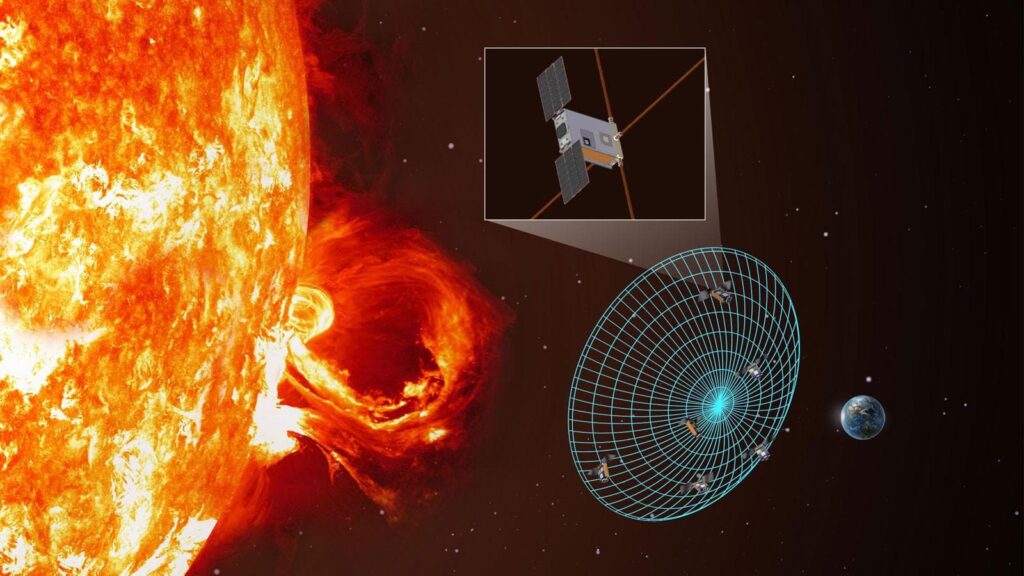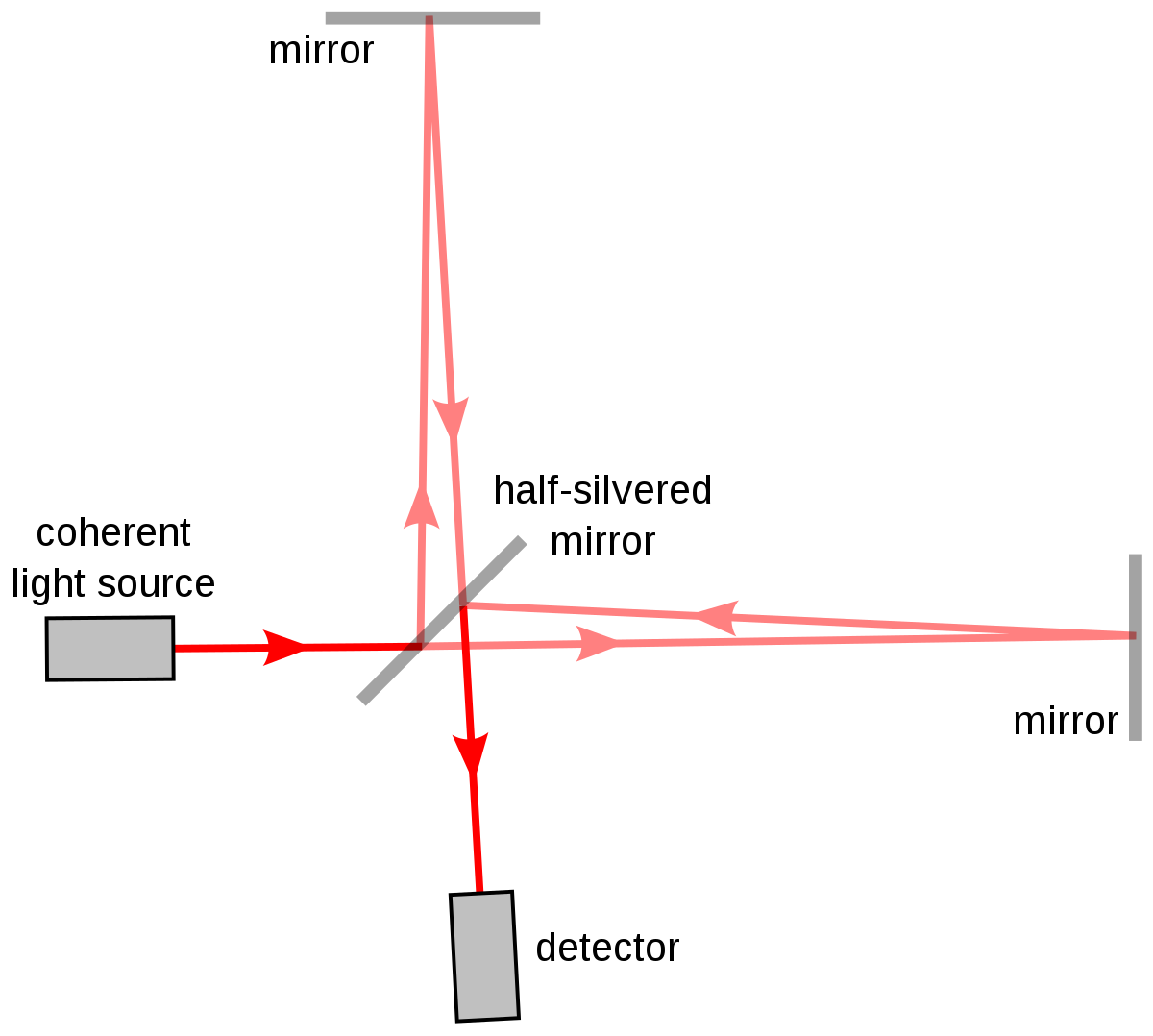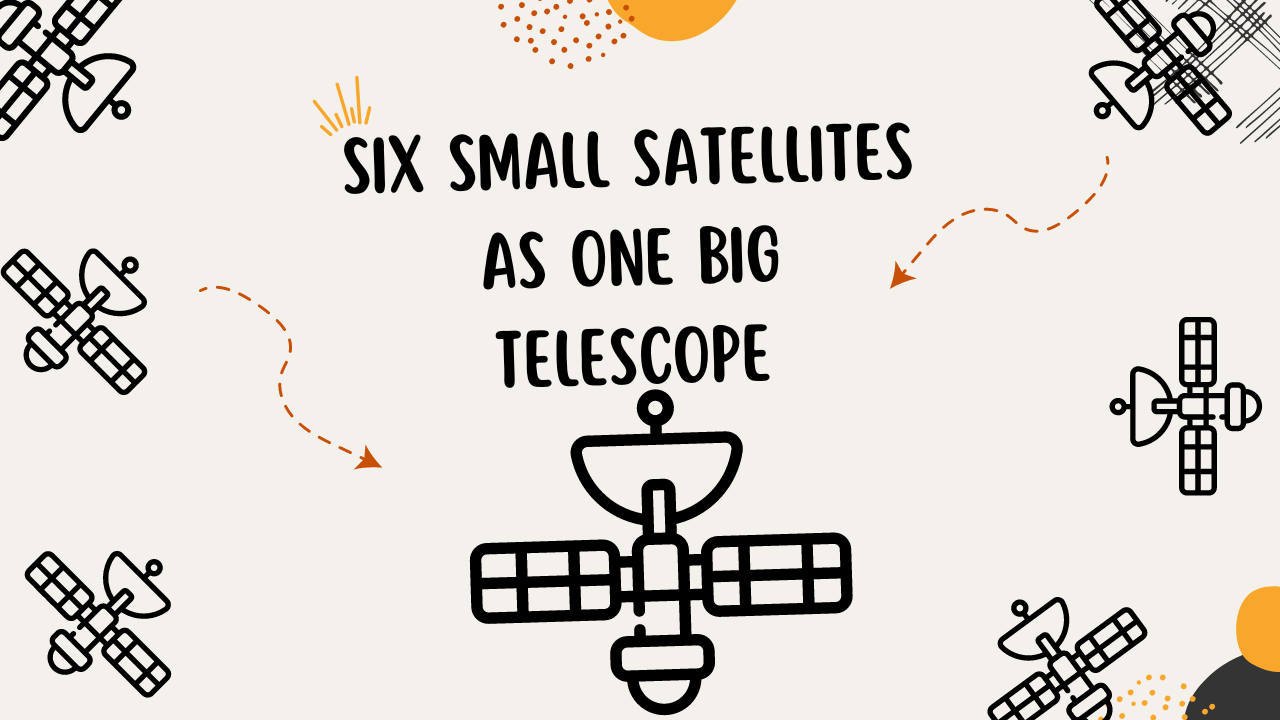NASA has started the production of small satellites, the combination of which will create the largest space radio telescope with a diameter of up to 10 kilometers, and it will be placed in Earth’s orbit to monitor events on the Sun.
NASA’s Jet Propulsion Laboratory (JPL), in cooperation with Utah State University, is assembling a new constellation of small satellites called SunRISE (Sun Radio Interferometer Space Experiment) SmallSats.
The first of a total of six such satellites, the size of a “toaster,” was assembled last week. Once all six are manufactured and launched into orbit, their combination will become the largest orbiting radio telescope ever built.

Six Small Satellites As One Big One
Namely, the idea is to place six satellites in a hexagon formation, with a total diameter of about ten kilometers. By doing so, and using *interferometry and combining data collected from all satellites, one radio telescope with a diameter of ten kilometers would essentially be created, with significantly greater capabilities than individual space telescopes.
*’Interferometry’ is a measuring technique that makes use of the phenomena of wave interference (usually light, radio, or sound waves). Certain features of the waves themselves and the materials with which the waves interact may be measured.

Using a similar method, astronomers from Earth record black holes, and by combining data from several radio telescopes, they get results as if they had a telescope the size of the entire planet.
Each of the satellites will have an antenna with a diameter of about 2.5 meters, will be located at a distance of about 36,000 kilometers from the Earth, and will be facing the Sun. The basic task of such a system will be to observe events on the surface of our parent star and collect data on significant events, such as solar flares and coronal mass ejections.
What are coronal mass ejections?
CORONAL MASS EJECTION is a huge blob of hot, magnetized plasma being shot out by the Sun at millions of kilometers per hour.
Basically … It is a huge explosion of the Sun’s atmosphere.

Such events can have an impact on electronics on Earth, but also on space missions, so it is crucial to get quality information about them in time. The SunRISE satellite system would be able to warn of the arrival of charged particles from the Sun several tens of minutes before they reach the Earth.
Through this mission, the ultimate goal of scientists is to better understand the mechanisms that trigger such events on the Sun and to protect technology and astronauts from possible harmful consequences. The launch of the constellation of six satellites is expected to take place in 2024.


